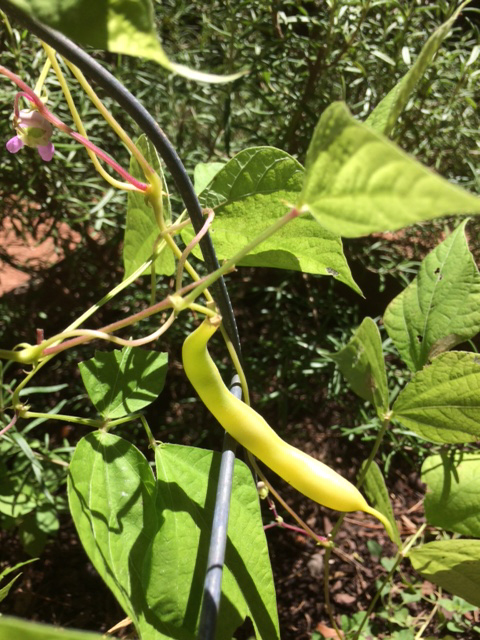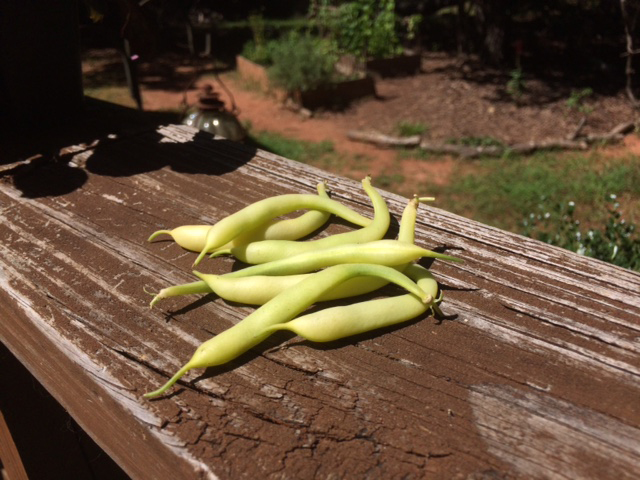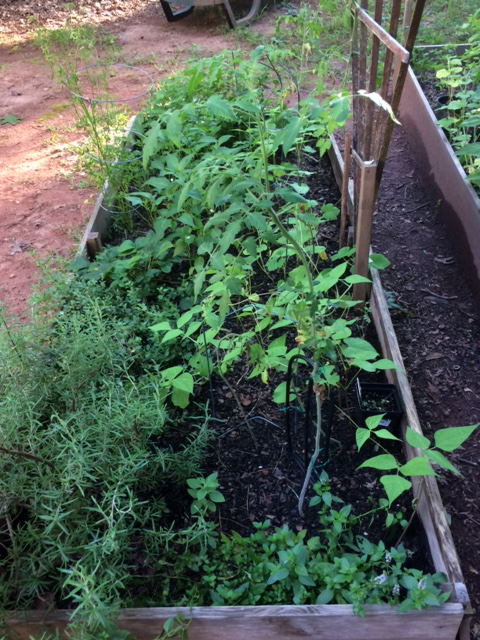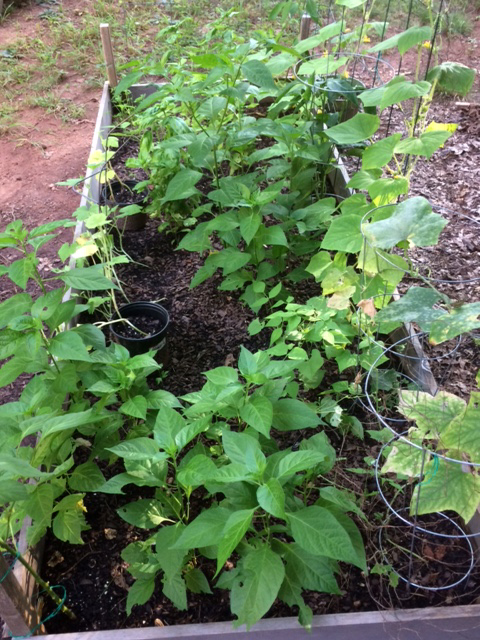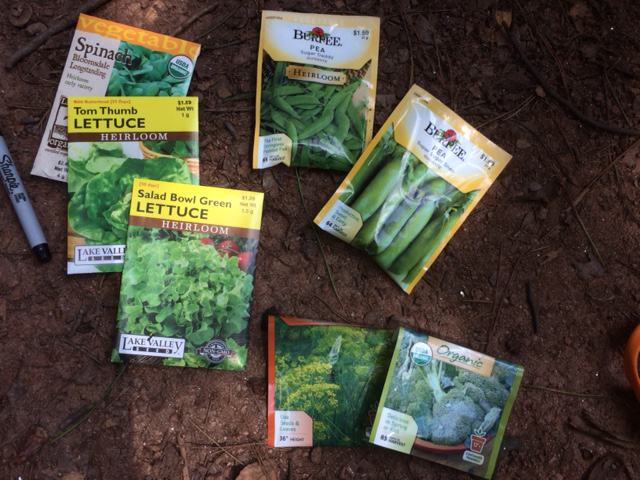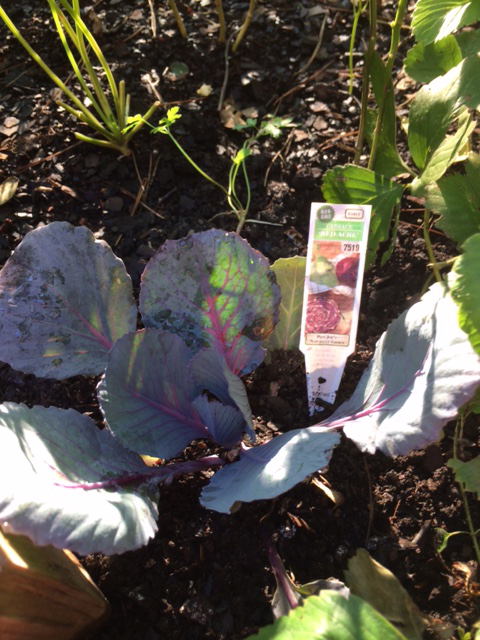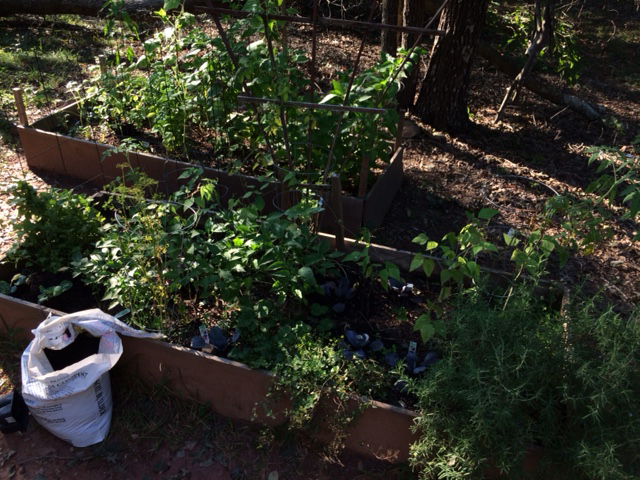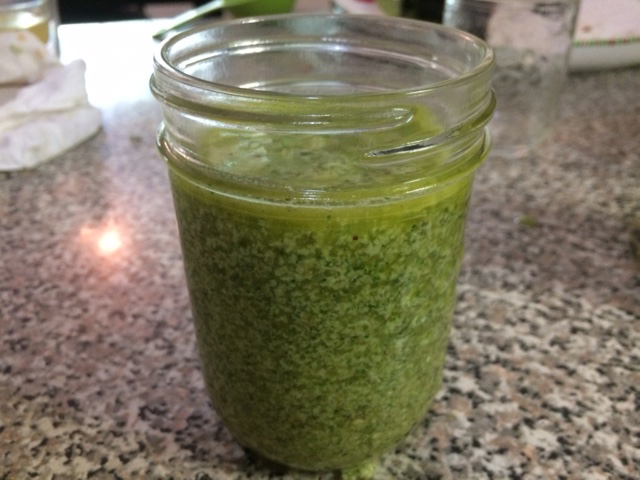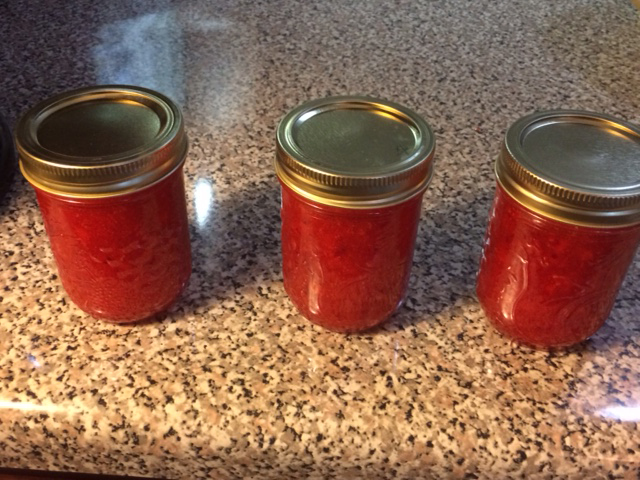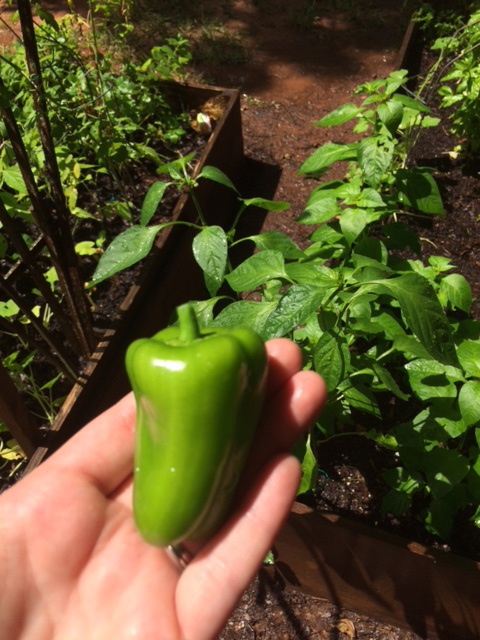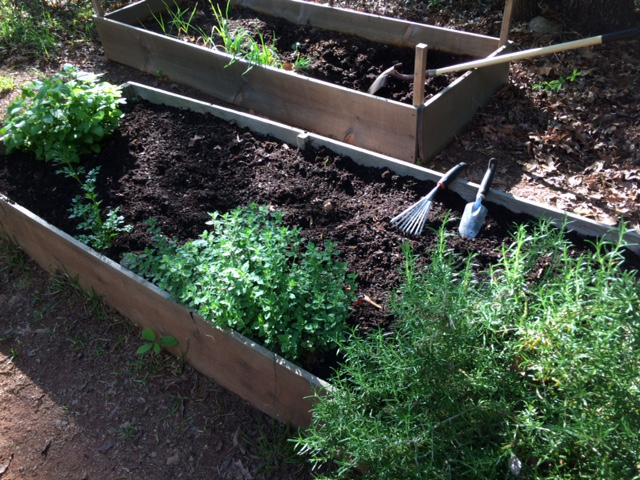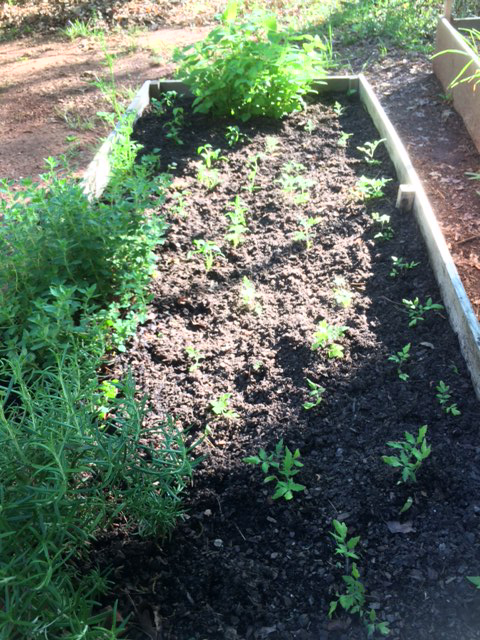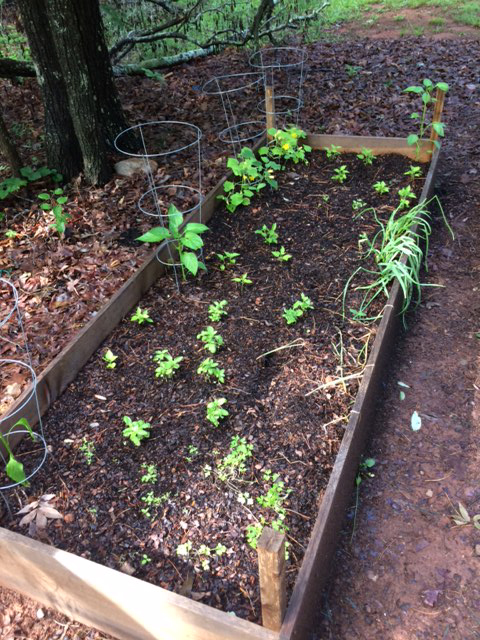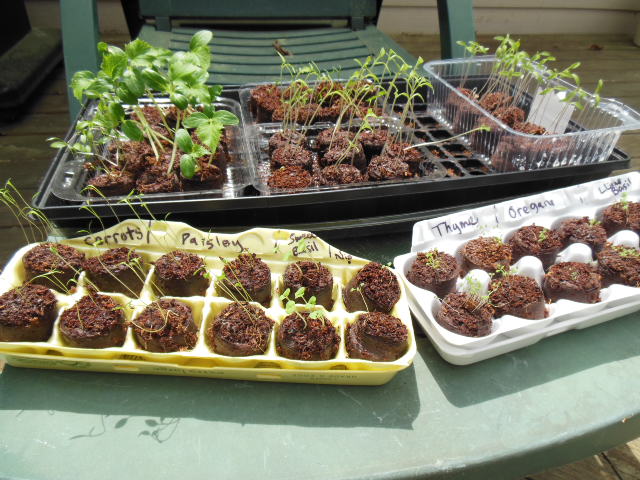Created & Presented by Cari Misseri & Karin Blankenship
Presentation delivered to Georgia Power Retirees, March 2020.
Notes on Georgia Power gardening talk. 30 mins. This is a very rough copy of the notes I made for our presentation. I will include them with the presentation file itself soon.
Gardening for Fun, Form. & Function
Gardening should be fun! Don’t stress or try to make it perfect. Just be creative and enjoy it.
Sun, Soil, Water Simple
We will talk about: Spring Basics, Seeds & Plants, Container Gardening, Raised Beds, and Pest Control.
1. Spring basics
Organizing, Planting, and Dividing
Plants to add for spring interest-1 perennial & 1 shrub/tree for each season
Spring- Tiarella-Native Plant. & Azalea
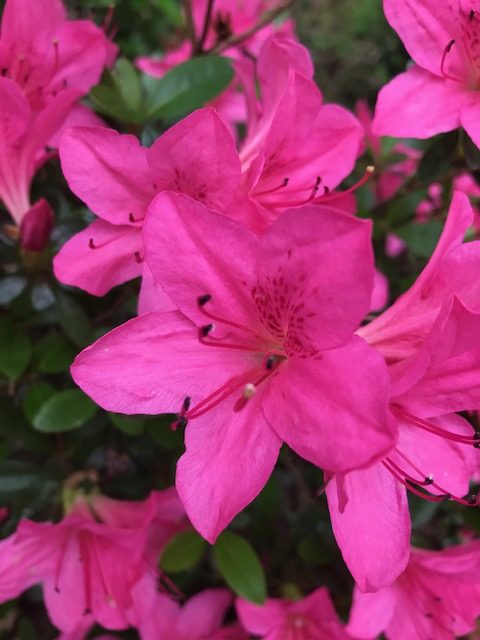
Summer Interest/Great native pollinator plant-Echinachea-Coneflower. Abelia
Summer/Fall/Butterfly attractor-Salvia. Beautyberry-native

Winter- Pansies. Camellia
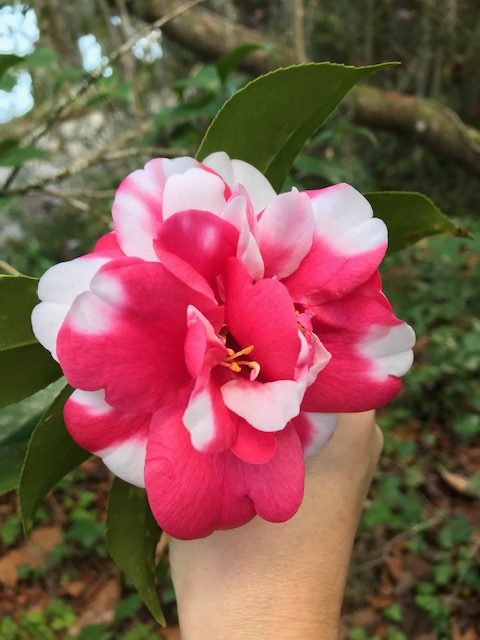
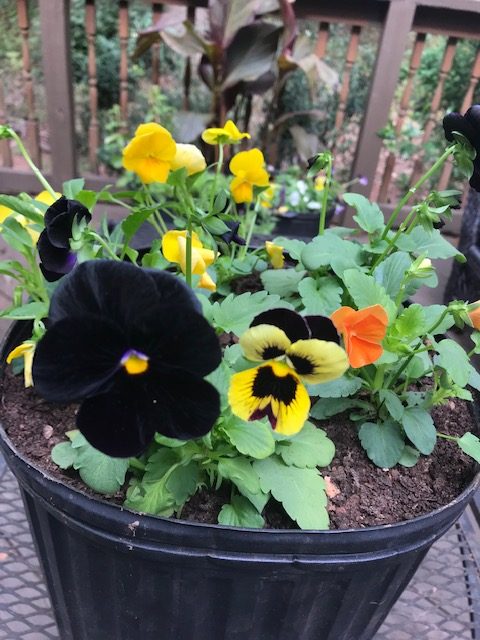
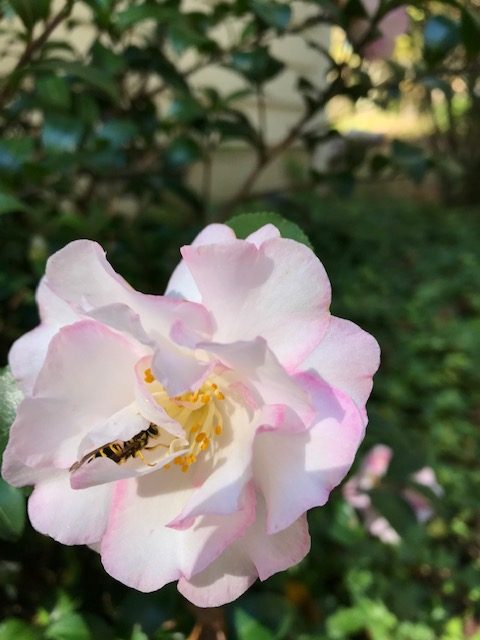
Planning
Take stock of your seeds or supplies, and see what you want/need for the upcoming year. Our last average frost is April 15th, so I usually wait until then to plant my raised beds. Now is a great time to plan for & plant seeds indoors for your spring and summer veggie garden.
2. Seed starting vs buying plants



3. Container gardening.
ALWAYS HAVE DRAINAGE HOLES IN CONTAINERS
4. Raised beds.
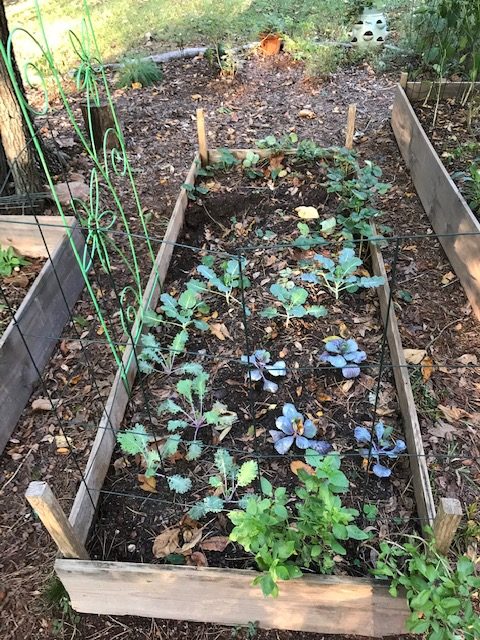
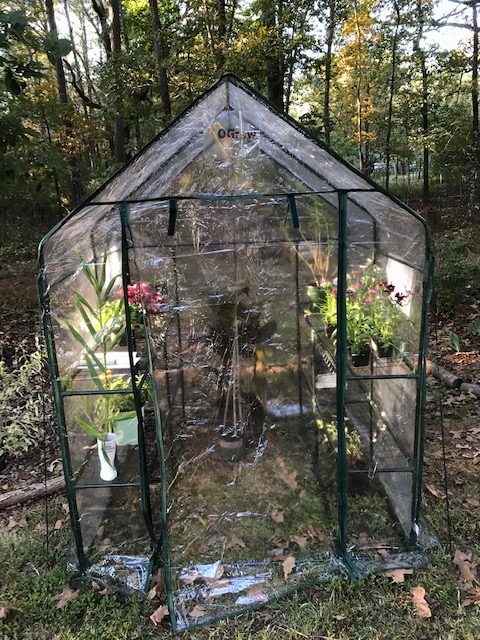
My beds are 3’ x 8’. I have 3 wood beds. Leave bottom open to native soil-no landscape fabric wanted. Untreated wood for edibles
Dirt is ⅓ native soil, ⅓ soil conditioner, ⅓ compost-I like mushroom compost. Add in an organic fertilizer like Espoma garden tone when you build the soil. Can also use a pre mixed soil, or straight compost. Plant dwarf or smaller varieties.
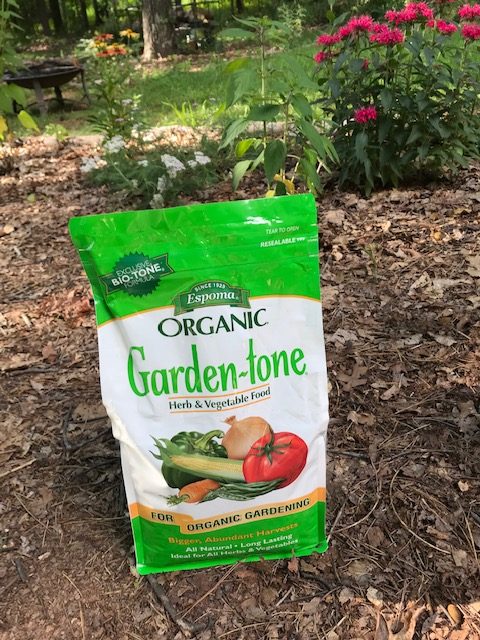
Fertilize throughout the seaon. I like organic fertilizer for many reasons but here are three:
Better for plants- slower release, no burning, slower more even growth and better plants
Better for people-natural fertilizer creates tastier vegetables hands down, no chemical concerns
Better for the environment-only use what you need, and not more. Then the excess does not run off into the streams, rivers and lakes, and create problems.
5. Responsible Pest Control
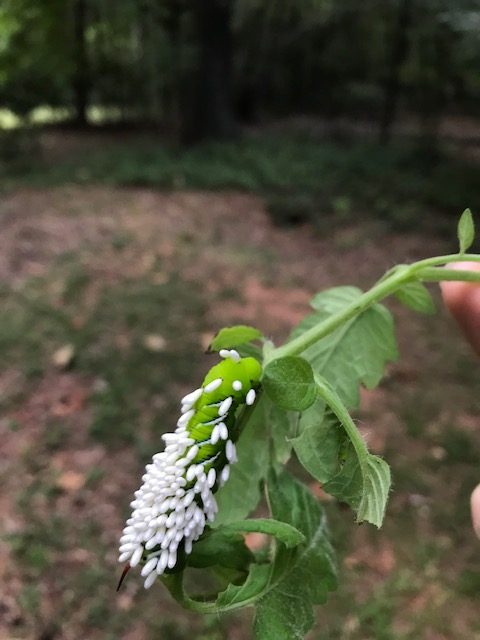
Encourage good stewardship and organic gardening and pest control where possible. Pick them off, or spray with water as 1st pest control method. Always read the instructions thoroughly before treating anything









